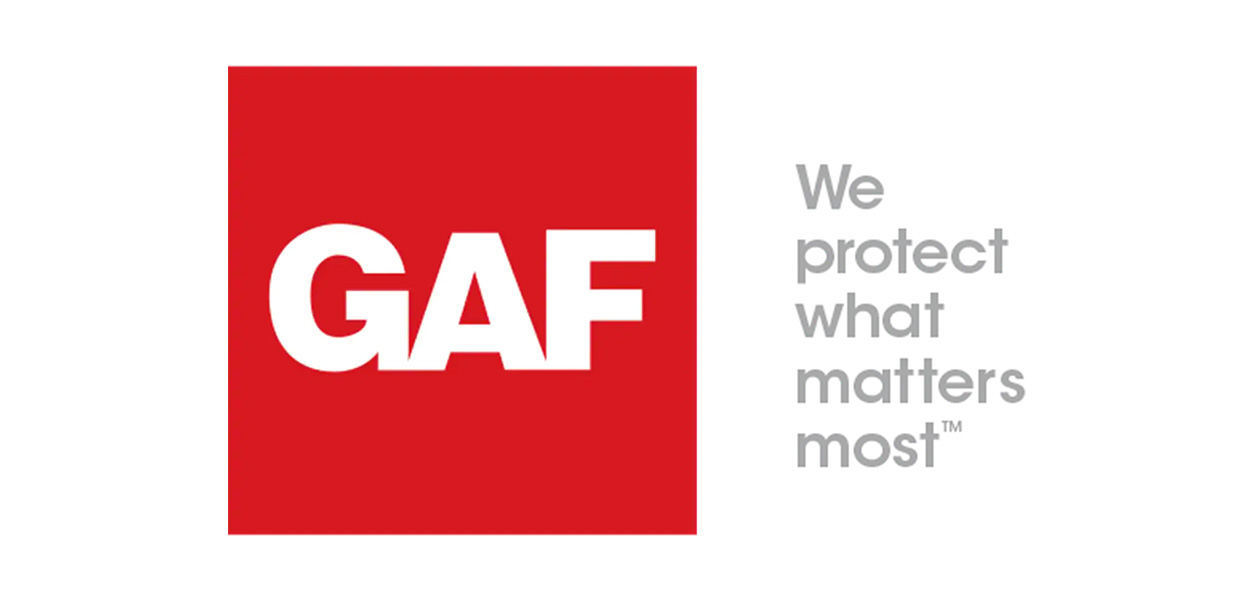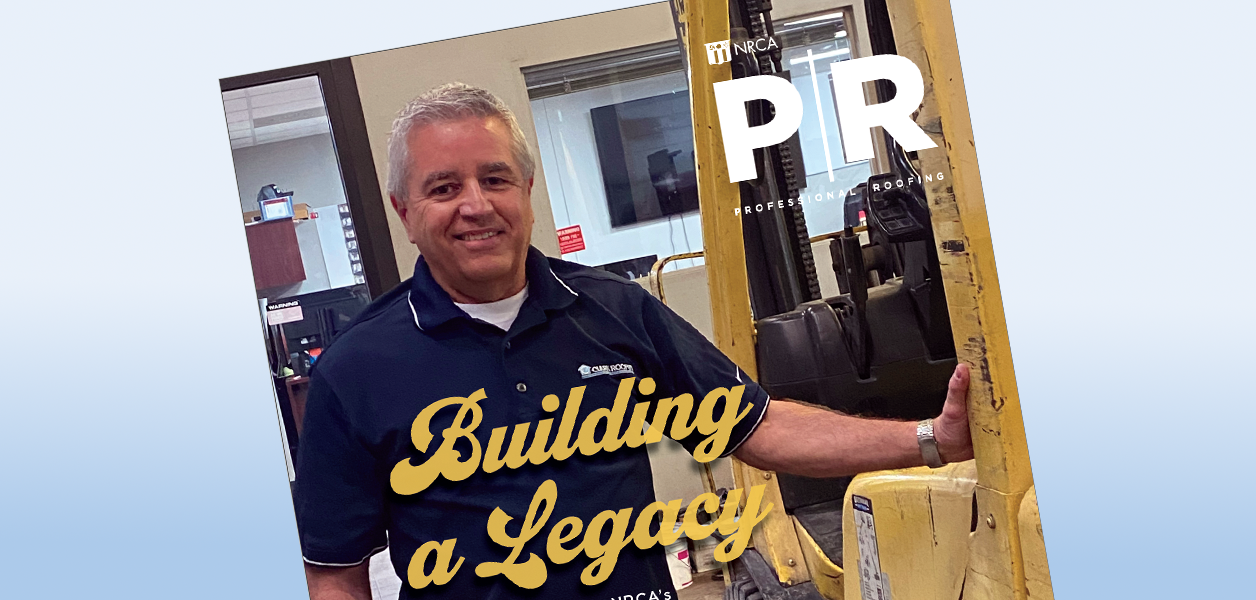By Trent Cotney
For many years, writing checks was the go-to method for paying bills. However, over time, technological advancements have introduced numerous payment methods, leading to a significant decline in check usage. Yet, despite this shift, checks have not disappeared entirely. With their continued use, check fraud persists.
Although writing checks has its advantages, such as simplicity, convenience and the creation of a tangible paper trail, it also carries risks. If a check is lost, stolen or intercepted by criminals, it can be manipulated in various ways. Understanding the nature of check fraud, recognizing its signs and adopting preventative measures can help safeguard your finances.
What does check fraud entail?
Check fraud occurs in multiple forms with some of the most common methods including these:
- Altered checks: Fraudsters often manipulate legitimate checks by using rubbing alcohol or other chemical solutions to erase details such as the payee’s name or the monetary amount. After removing the original information, they fill in false details and use counterfeit identification to cash the check. Criminals may also exploit blank spaces on a check to add unauthorized information. For example, a check made out to “Amy Smith” could have “or John Jones” added to it. Similarly, a check for $15 could be altered to $1,500 by adding digits and writing “hundred” after “fifteen.” Stolen mail is a common source of checks used for such schemes.
- Forged checks: Blank checks can be stolen and filled in entirely by criminals, including the payee’s name, date and amount. They then forge the account holder’s signature to complete the fraudulent transaction.
- Counterfeit checks: Counterfeit checks are created using blank check stock that can be purchased from office supply stores or produced with desktop publishing software. These checks often mimic the appearance of legitimate ones but lack authentic banking details. Fraudsters print stolen bank account information onto these checks, making them appear genuine.
Preventing check fraud
Advancements in electronic payment methods and fraud detection technologies offer numerous strategies to reduce the risk of check fraud. Consider these approaches:
- Use online bill pay: Online bill pay services provide a secure alternative to writing checks. They eliminate the risks associated with mailing physical checks and save time and postage costs. Users can schedule payments, track delivery timelines and maintain control over their transactions. Online payments also reduce the chances of personal information being intercepted.
- Use money transfer apps: Peer-to-peer (P2P) payment apps, such as Zelle and Venmo, allow users to transfer funds quickly and securely using only the recipient’s mobile number or email address. These platforms eliminate the need to exchange bank information, ensuring greater privacy. Although convenient, P2P apps also are susceptible to scams, so remain vigilant.
- Consider wire transfers: Wire transfers are a secure method for sending money domestically and internationally. They often are used for large or international transactions because of associated fees. Unlike checks, wire transfers provide faster and more reliable payment processing, typically posting within one to two days. Recipients do not need to wait for funds to clear as the transactions are verified upon receipt.
- Try bank-sent checks: Many banks offer bill pay services through which they issue and send checks on behalf of account holders. These checks are less susceptible to alteration because payment information is directly printed on them.
- Consider positive pay services: Businesses can adopt positive pay services, which allow them to submit details of issued checks (e.g., amount, date) to their banks. When checks are later presented for payment, banks verify the details against the submitted information. Discrepancies are flagged, and businesses can decide whether to approve or reject the check.
- Choose chemically reactive paper: Chemically reactive paper is designed to reveal any tampering attempts, such as ink removal. Most major check providers offer this feature, so verify your checks are made from such materials for added security.
- Use high-security checks: High-security checks are equipped with advanced features to deter tampering. Checks certified by the Check Payment Systems Association include a minimum of three safety features. Customers can opt for checks with additional security measures, such as chemically reactive paper, which makes alterations detectable.
- Exercise caution: To minimize risks, avoid sending checks through the mail. Select secure alternatives like online bill pay, wire transfers, or money transfer apps. If you must use checks, ensure they are filled out carefully, leaving no blank spaces that could be exploited.
Consequences of depositing counterfeit checks
Depositing a counterfeit check, even unknowingly, can have serious repercussions. If the bank clears the deposit and the funds are spent, the account holder may be held liable when the fraud is discovered. Banks typically reverse counterfeit deposits, potentially overdrawing the account if the funds have already been used. This scenario could result in financial hardship and the obligation to repay the misused amount.
Legal implications of check fraud
Check fraud is a criminal offense with severe legal consequences. Many states have multiple statutes for forgeries, bad checks and falsified checks. Depending on the circumstance, they can be treated as misdemeanors or felonies, which involve potential jail time.
Prosecutors must typically prove “intent to defraud,” meaning the individual acted knowingly and deceptively to gain something of value.
How to report check fraud
If you realize you have fallen victim to check fraud, you are advised to report the incident.
- Contact your bank: Notify your bank right away. Explain the details of the fraud and request it does not hold you responsible. You might choose to close your account to prevent further fraud.
- Negotiate a repayment plan: If you have spent the funds from the check, try to negotiate a repayment plan so you are not charged additional fees.
- File a police report: Obtain an Affidavit of Check Fraud and provide it to your local police station.
- Contact the credit bureaus: You may need to inform the major credit reporting agencies (TransUnion, Experian, and Equifax). To protect you from further fraud, they can place an alert on your credit report.
- Notify the authorities: Report details of the incident to the Federal Trade Commission, your state Attorney General and the U.S. Postal Inspection Service.
- Keep records: Retain copies of all pertinent documents, as well as records of your conversations.
Final thoughts
Despite the increase in digital payment methods, checks remain a part of everyday transactions for some individuals and businesses. Understanding the risks associated with checks and implementing preventative measures can help protect against fraud. Whether using secure checks, adopting digital alternatives or staying informed about fraud detection services, you must be vigilant to safeguard your finances.
The information contained in this article is for general educational information only. This information does not constitute legal advice, is not intended to constitute legal advice, nor should it be relied upon as legal advice for your specific factual pattern or situation.




